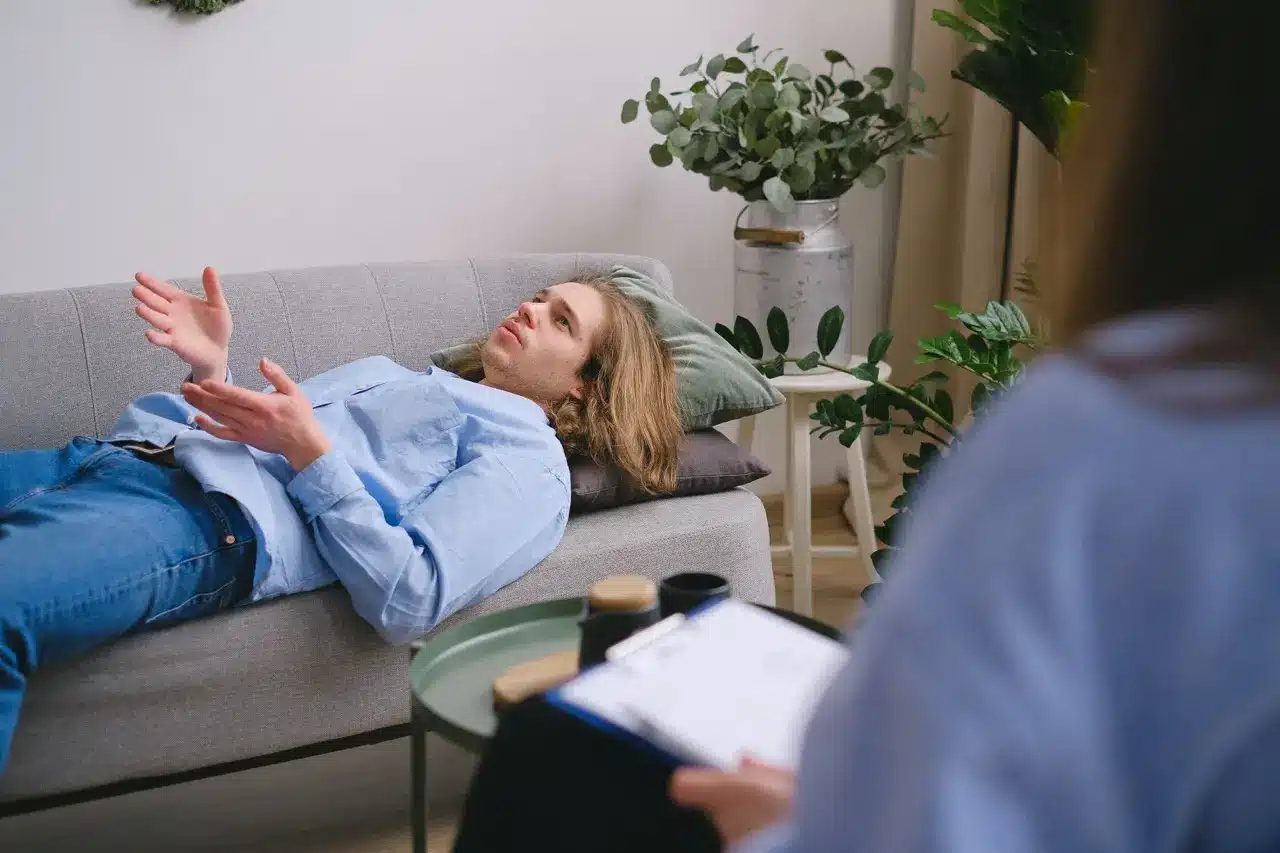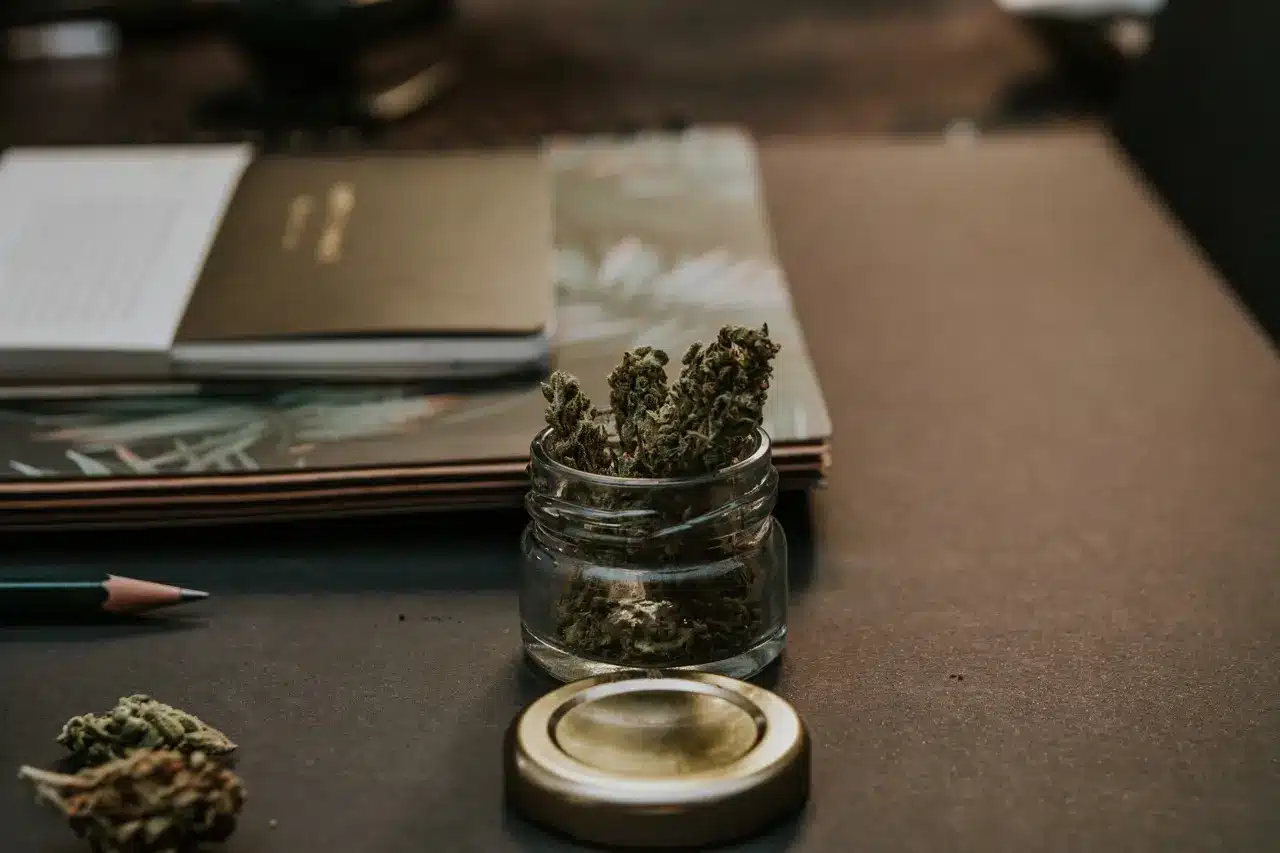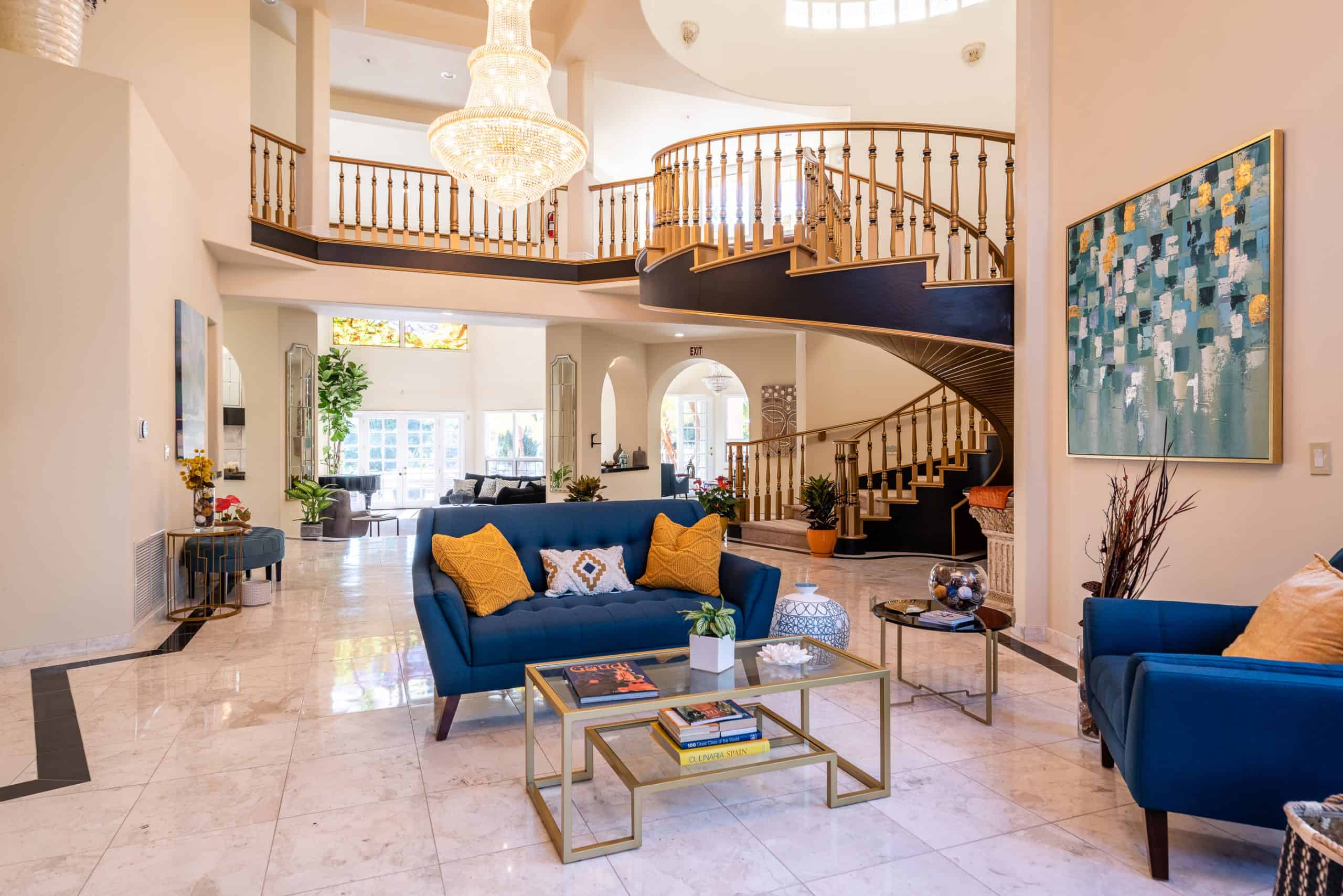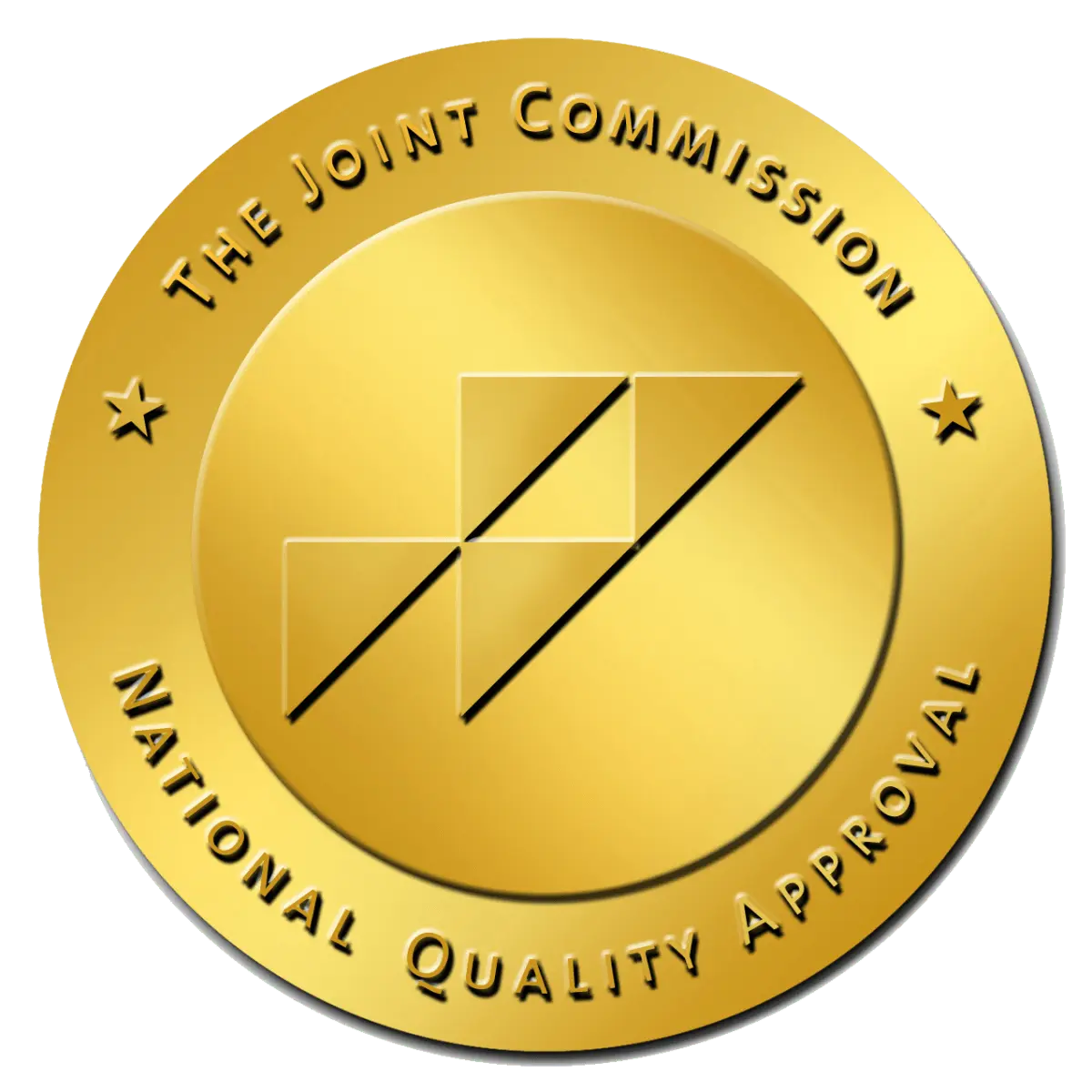MARIJUANA TREATMENT
Written by: Michelle Beaupre, PhD, LCSW | Reviewed by: Christian Small, MD

Definition of marijuana
Marijuana is a common drug grown from the cannabis plant. The main active components of marijuana include tetrahydrocannabinol (THC) and cannabidiol (CBD). THC can be addictive and causes the high that is associated with marijuana. On the other hand, CBD is not addictive, does not cause a high, and is frequently used for many health concerns, such as anxiety, insomnia, pain, or even addiction.
What are the effects of marijuana?
-
Emotional changes
▻
-
Worsened memory
▻
-
Slow or awkward thinking
▻
-
Poor motor control
▻
-
Changes to how people experience their senses
▻
-
Changes in how people experience the passage of time
▻
-
Hallucinations
▻
-
Delusions
▻
Who's using marijuana?
Simply put: a lot of people are using marijuana — 52.5 million people, in fact. Marijuana is America’s drug of choice. Of all of the current federally illegal drugs, marijuana is the most commonly used. It’s most commonly used by those aged 18 to 25, is used twice as much by men as women, and is most popular amongst low-income households.
According to the American National Survey on Drug Use, marijuana is the most commonly used illicit drug in the United States. The increasing trend of legalization and normalization of marijuana use has resulted in higher rates of addiction, emphasizing the need for effective and accessible treatment options like those offered at Villa Oasis San Diego.

Dangers of marijuana addiction
MUD is common. It is more likely to develop in those who started using marijuana early in life. While experts know MUD can cause problems for people who struggle with the disorder, they have yet to fully understand the effects of high levels of marijuana.
Signs and symptoms of addiction
-
Constantly thinking about marijuana
▻
-
Using marijuana, even when it harms work, school, or other areas of life
▻
-
Irritability or discomfort when not using marijuana
▻
-
Poor memory or difficulty learning
▻
Withdrawal and Detox
The first step in treating marijuana addiction is often detoxification, which helps manage withdrawal symptoms. Marijuana withdrawal symptoms can include cravings, irritability, sleep difficulties, and other physical and psychological symptoms. At Villa Oasis San Diego, we offer a supervised detox program to ensure safety and comfort during this challenging period.
HEALTH EFFECTS OF LONG-TERM MARIJUANA USE
Long-term use of marijuana is associated with a variety of health conditions. While some may consider marijuana to be a harmless recreational substance, chronic use can lead to mental health disorders such as psychosis and schizophrenia. Frequent use of marijuana, especially high-potency products, can increase the risk of developing a cannabis use disorder.
Treating marijuana addiction
We get it: marijuana can be fun. Many people use marijuana as an anti-anxiety tool, a way to socialize with friends, or as a sleep aid. However, it has many costs and downsides. It can be addictive, costs a lot, and is often a crutch for emotional difficulties. Sometimes, it can cause those very difficulties. Let’s face it: if you find yourself searching for marijuana treatment, it might mean you need help.
Outpatient and Inpatient Treatment Options
Villa Oasis San Diego offers both outpatient and inpatient treatment options tailored to the individual’s needs. Outpatient treatment typically involves regular visits to the facility for therapy and education, allowing individuals to remain living at home and maintain employment or education. Inpatient treatment involves residing at the facility for an extended period, allowing for intensive, round-the-clock care and support.
Cognitive-Behavioral Therapy and Other Evidence-Based Treatments
Our approach to marijuana addiction treatment involves the use of evidence-based therapies, including Cognitive Behavioral Therapy (CBT). CBT is an effective treatment that can help individuals understand the thoughts and behaviors that lead to substance use and develop healthier coping strategies.
MOTIVATIONAL ENHANCEMENT THERAPY
Alongside other therapeutic approaches, we employ Motivational Enhancement Therapy (MET) in our treatment programs. MET is a counseling approach that helps individuals resolve their ambivalence about engaging in treatment and ceasing their drug use.
SUPPORT GROUPS AND FAMILY INVOLVEMENT
Support groups are an integral part of the recovery process, providing a platform for individuals to share experiences, struggles, and victories in a safe and supportive environment. Family involvement is also crucial in the recovery journey. We encourage family members to participate in therapy sessions and provide them with the necessary education and tools to support their loved ones.
Find marijuana treatment at Villa Oasis San Diego
When you enter our program, we sit down with you, listen to what makes you tick, and develop a plan for your treatment. After all, no one method works for every individual. We help you detox, stabilize, and develop the tools you need to be confident and reach your goals.
Our treatment program lasts a minimum of 30 days, with stay length beyond that period determined between the resident and our staff. No matter what, our number one priority is making sure you get the amount of help you need. Residents have access to a wide range of treatment modalities, including traditional methods like 12-Step programs, cognitive-behavioral therapy (CBT), and experiential therapy. In addition, we offer holistic healing support such as yoga, breathwork, meditation, and acupuncture.

Frequently Asked Questions
Marijuana Use Disorder, also known as Cannabis Use Disorder, is a form of substance use disorder where an individual has a dependency on marijuana. This can lead to an intense desire for the drug, difficulty in stopping its use, and withdrawal symptoms when not using it.
At Villa Oasis San Diego, we employ a comprehensive, individualized approach to treat marijuana addiction. This involves detoxification, a range of psychotherapies, medication-assisted treatment (if appropriate), and support for coping with cravings and withdrawal symptoms. We also offer holistic healing support like yoga, meditation, and acupuncture.
Yes, with medical supervision and supportive care, marijuana withdrawal symptoms can be managed effectively. This may include help with sleep difficulties, mood swings, and managing cravings.
THC, or Tetrahydrocannabinol, is the psychoactive component of marijuana that causes the "high." It works by binding to cannabinoid receptors in the brain, leading to feelings of euphoria. Regular use can lead to dependency as the brain adapts to the presence of the drug, leading to withdrawal symptoms when the drug use is reduced or stopped.
If you or a loved one is struggling with marijuana addiction, you can reach out to us at Villa Oasis San Diego. We will guide you through the process of beginning treatment and assist you in navigating the path to recovery. Remember, it's never too late to seek help and there are effective treatments available.

